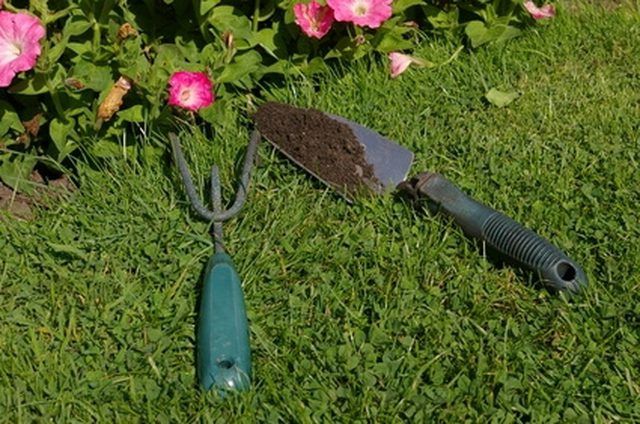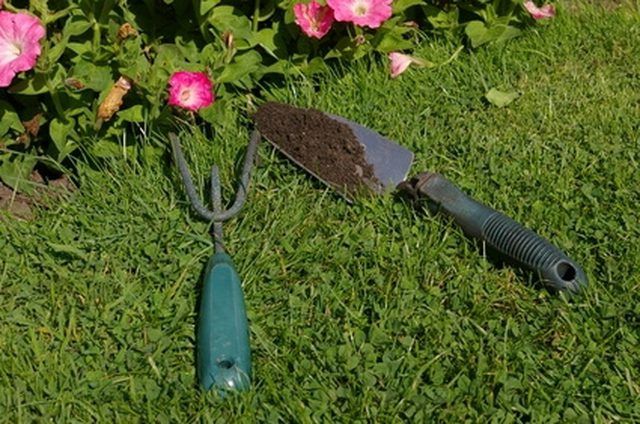Bulbs
Flower Basics
Flower Beds & Specialty Gardens
Flower Garden
Garden Furniture
Garden Gnomes
Garden Seeds
Garden Sheds
Garden Statues
Garden Tools & Supplies
Gardening Basics
Green & Organic
Groundcovers & Vines
Growing Annuals
Growing Basil
Growing Beans
Growing Berries
Growing Blueberries
Growing Cactus
Growing Corn
Growing Cotton
Growing Edibles
Growing Flowers
Growing Garlic
Growing Grapes
Growing Grass
Growing Herbs
Growing Jasmine
Growing Mint
Growing Mushrooms
Orchids
Growing Peanuts
Growing Perennials
Growing Plants
Growing Rosemary
Growing Roses
Growing Strawberries
Growing Sunflowers
Growing Thyme
Growing Tomatoes
Growing Tulips
Growing Vegetables
Herb Basics
Herb Garden
Indoor Growing
Landscaping Basics
Landscaping Patios
Landscaping Plants
Landscaping Shrubs
Landscaping Trees
Landscaping Walks & Pathways
Lawn Basics
Lawn Maintenance
Lawn Mowers
Lawn Ornaments
Lawn Planting
Lawn Tools
Outdoor Growing
Overall Landscape Planning
Pests, Weeds & Problems
Plant Basics
Rock Garden
Rose Garden
Shrubs
Soil
Specialty Gardens
Trees
Vegetable Garden
Yard Maintenance
How to Plant Flowers in North Carolina
How to Plant Flowers in North Carolina. North Carolina has an ideal climate for growing flowers in the spring and summer. Annual flowers, or those that die off after the first frost, and perennial plants, or those that come back every season, can be planted in early spring and throughout the summer and fall. Planting a flower garden can be a simple...

North Carolina has an ideal climate for growing flowers in the spring and summer. Annual flowers, or those that die off after the first frost, and perennial plants, or those that come back every season, can be planted in early spring and throughout the summer and fall. Planting a flower garden can be a simple and rewarding task when the gardener is armed with the right tools and information.
Things You'll Need
Garden trowel
Garden cultivator
Bow rake
Garden Hoe
Humus (composted manure or leaves)
Fertilizer
Potting soil
Containers
Flower seeds
Annual and perennial flower seedlings
Mulch
Flower Planting in North Carolina
Choose a location for your garden. Depending on available space, a flower garden can consist of various sizes of containers placed on a patio or into plot of land. Whatever the location, full-sun plants will need at least six hours of sunlight per day, and partial-sun plants need two to four hours of sunlight. When buying seeds and plants, the package will indicate the amount of sun needed.
Prepare the soil by filling containers with potting soil, or loosening the ground soil with a hoe and bow rake to prepare the land for planting. Remove any weeds. If there has never been a garden in this location, consider adding fertilizer or humus to improve the soil.
Decide when to begin planting, and if you will use seeds or nursery plants. Depending on your location, the last spring frost for North Carolina is anytime from the beginning of April to May. Locations in western North Carolina will have a final frost closer to mid-May, while locations in the eastern and southern parts of the state will see a last frost at the end of March to the beginning of April. Seeds and plants can be planted outside after the last frost.
Choose your flowers. Seeds are an inexpensive alternative to buying mature flowers from a nursery. However, mature plants from a nursery don't require any waiting time for a beautiful garden. Because of North Carolina's climate, most annuals and perennial plants will do well. Annuals such as marigolds, zinnias and petunias are low maintenance. Perennials, such as the black-eyed Susan, iris and daylily, will come back every season.

Plant your flowers soon after North Carolina's last frost. Press small seeds directly into the soil, and place larger seeds in shallow trenches. Water after planting. To plant mature flowers, dig a hole the length and width of the pot that the flower came in. Remove flower from its container by squeezing the bottom and gently tugging out the plant. Loosen the roots, and place in the hole. Cover with soil, and then mulch. Water every few days when the soil is no longer moist.
Tips & Warnings
For annual plants, remove dead flower heads (called deadheading) to encourage blooming and growth.
Every other year, split up perennial plants and replant elsewhere so they do not take over a garden.
Consider fertilizing plants every two weeks to increase growth and maintain health.
Avoid overwatering container plants. This can cause the roots to rot, which damages and eventually kills the plant.
Closely follow directions for plant fertilizer because too much can burn the plants.